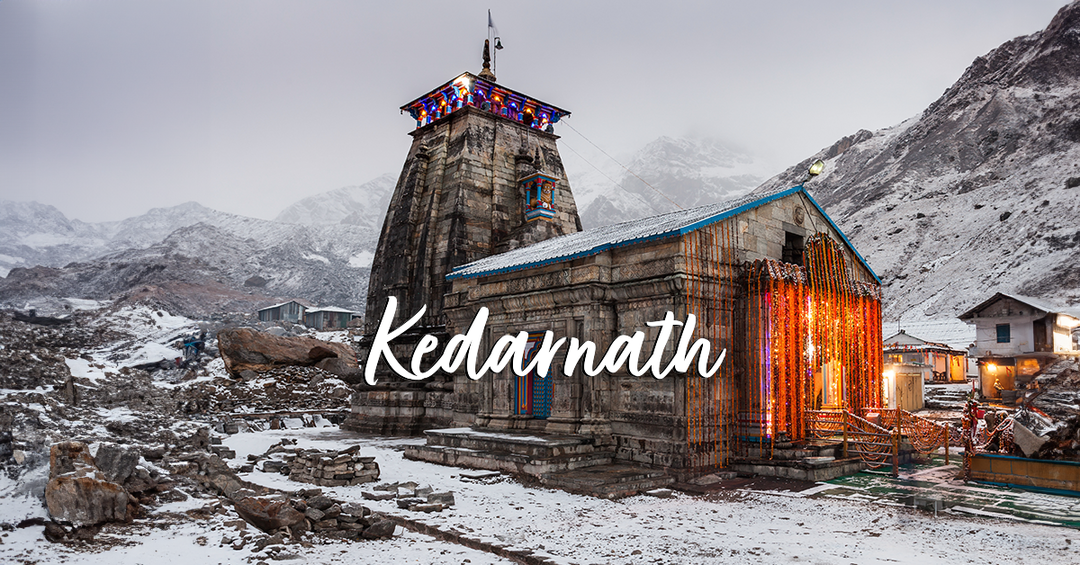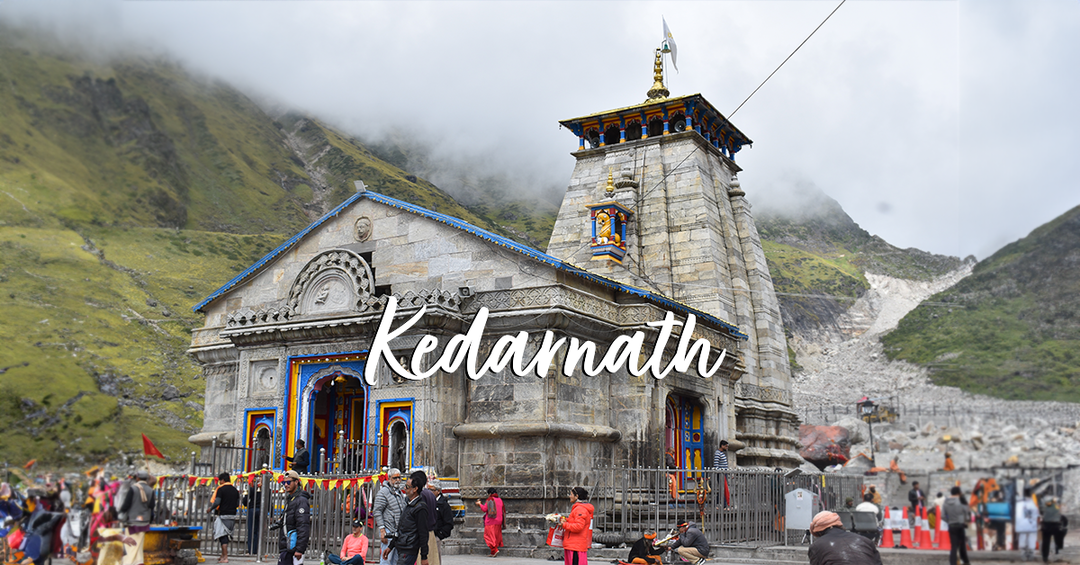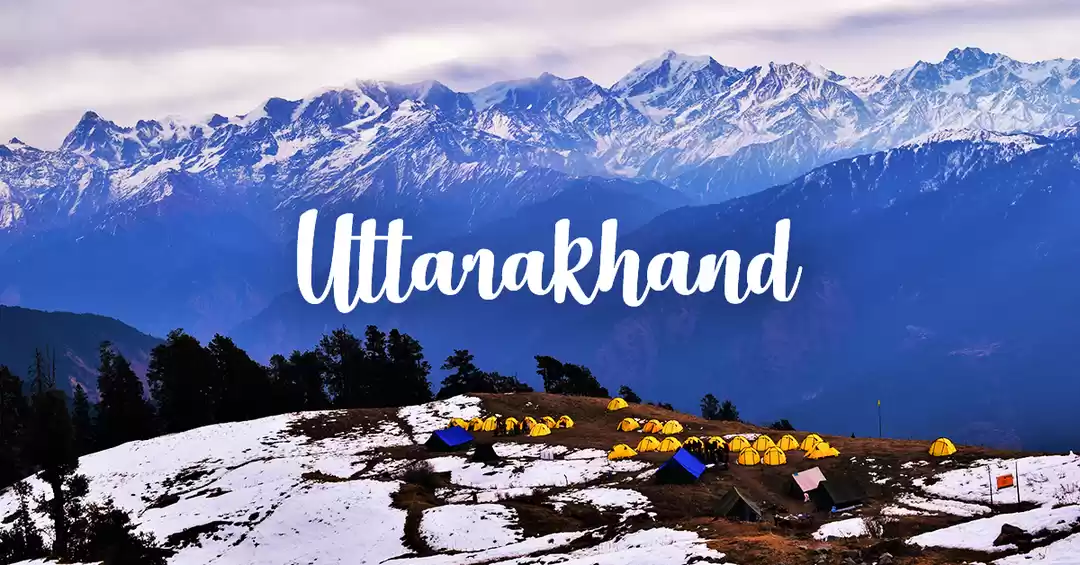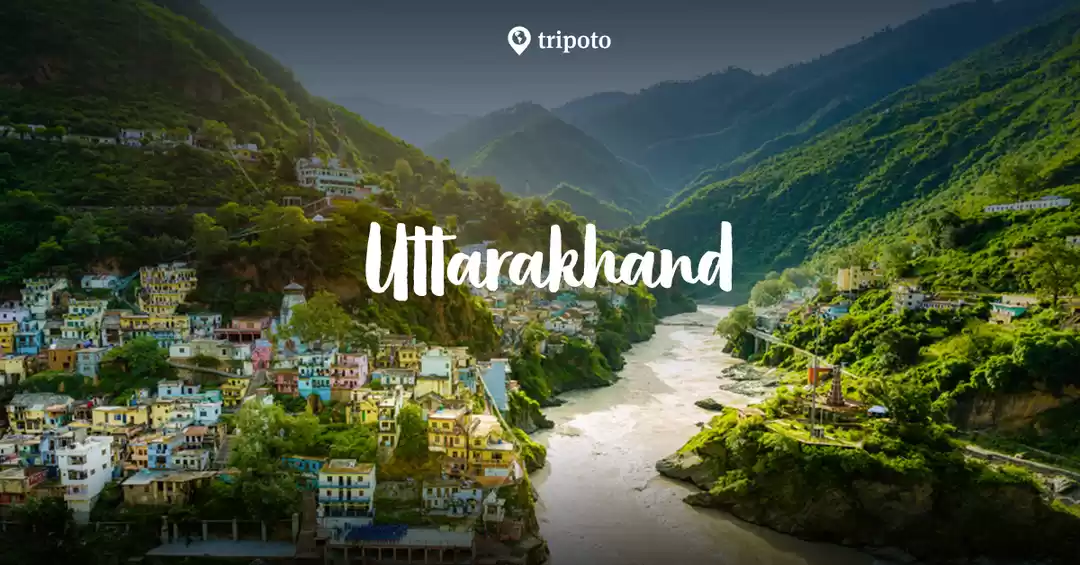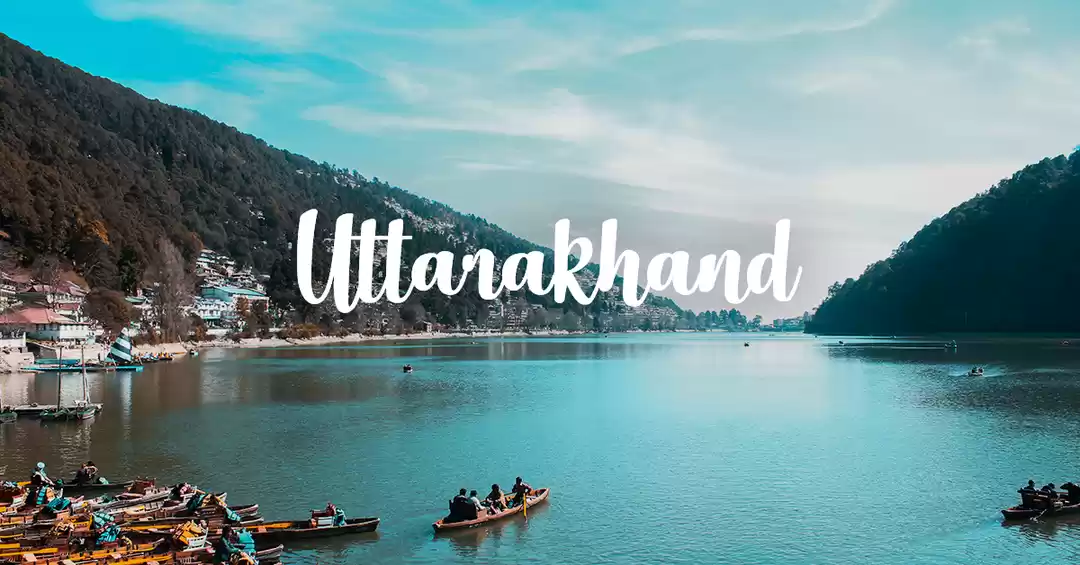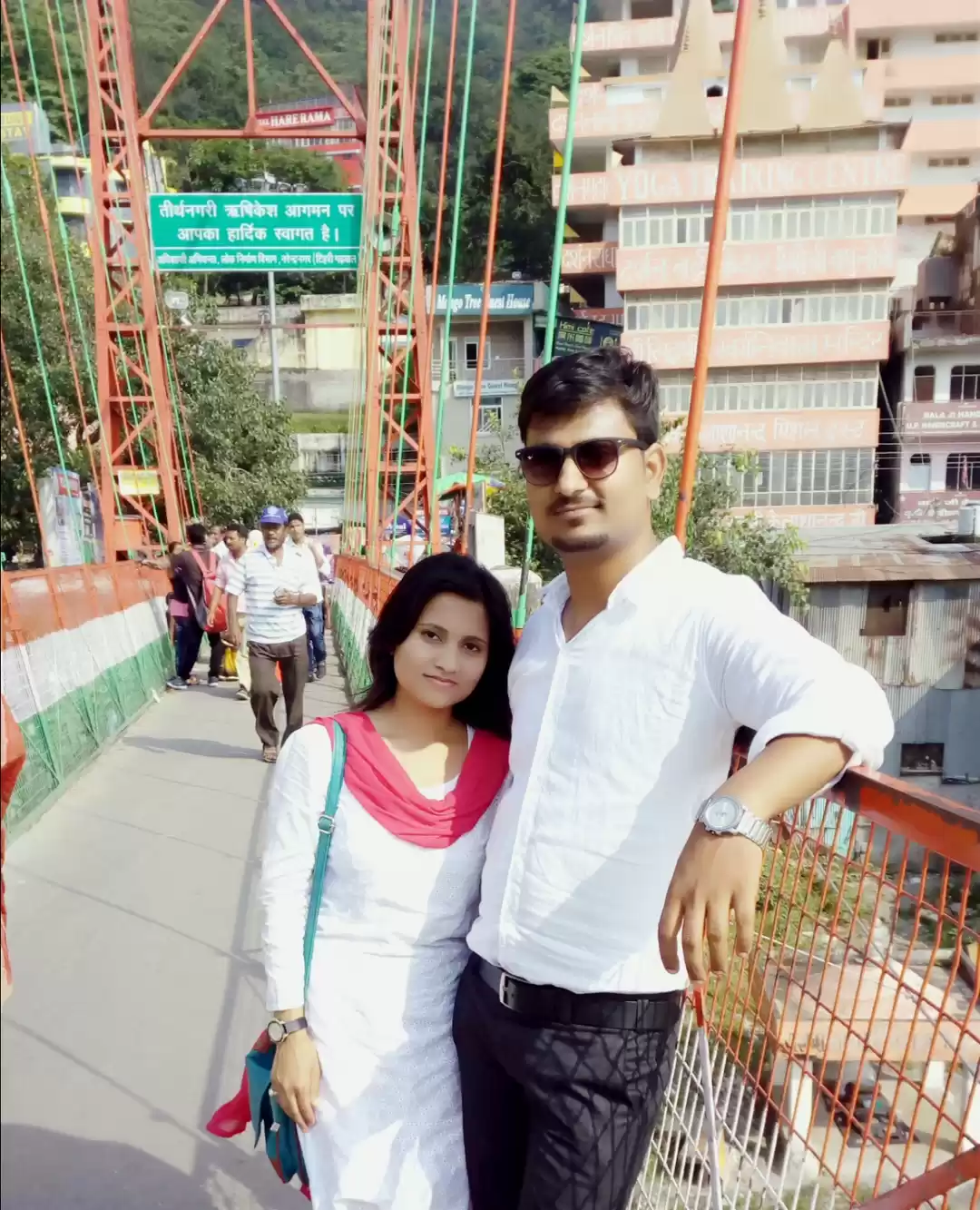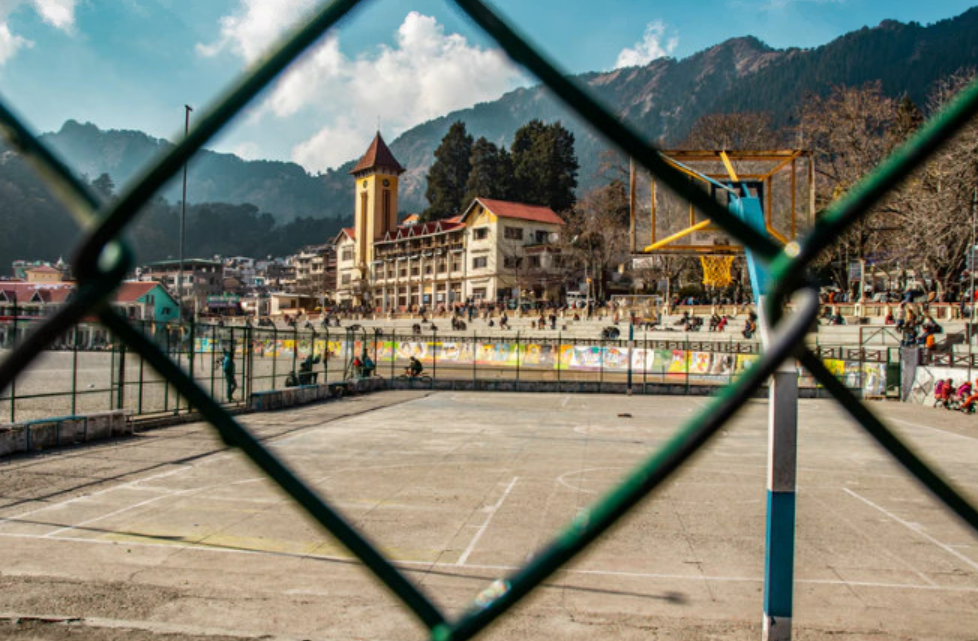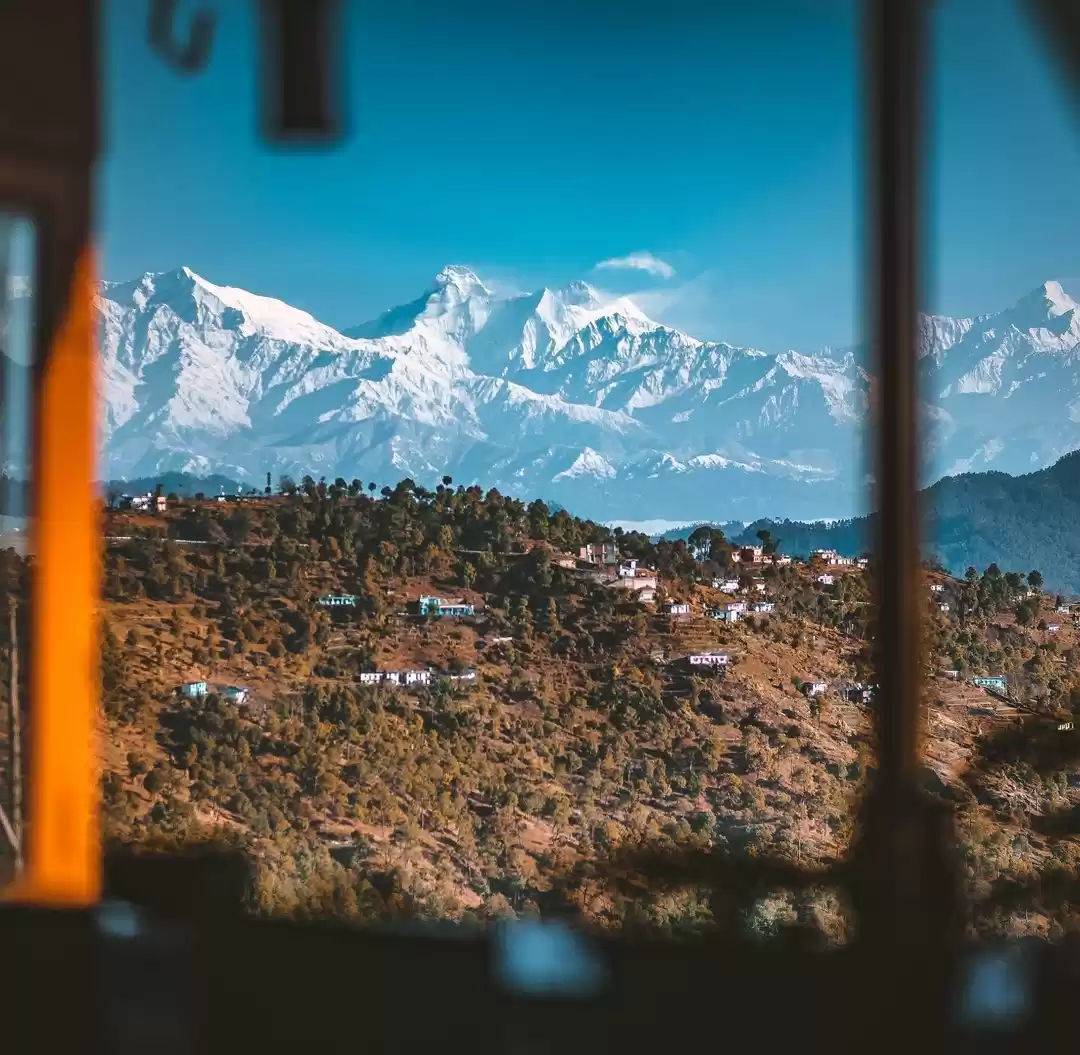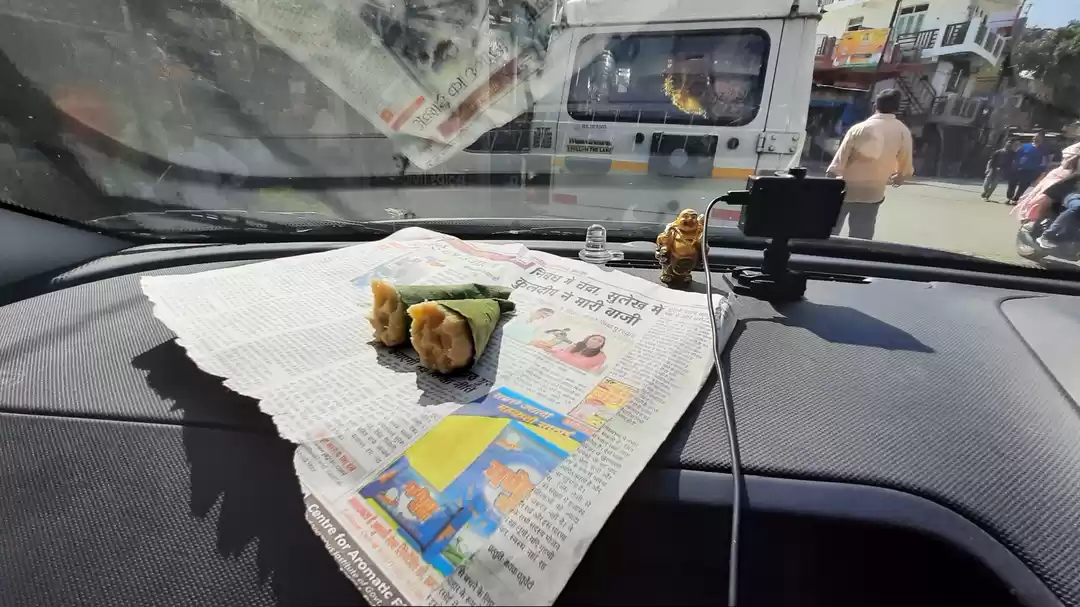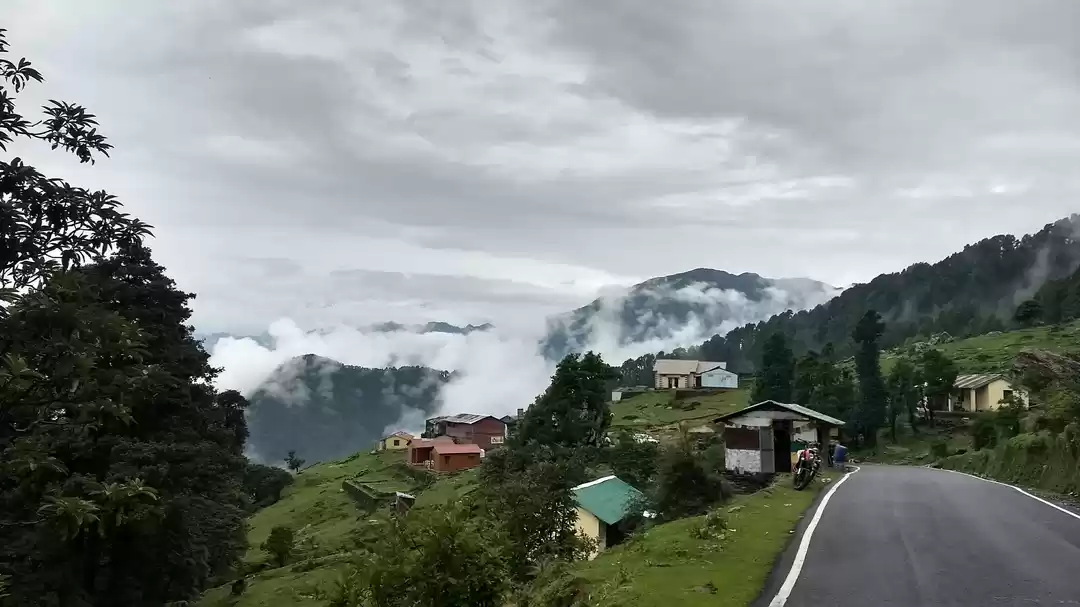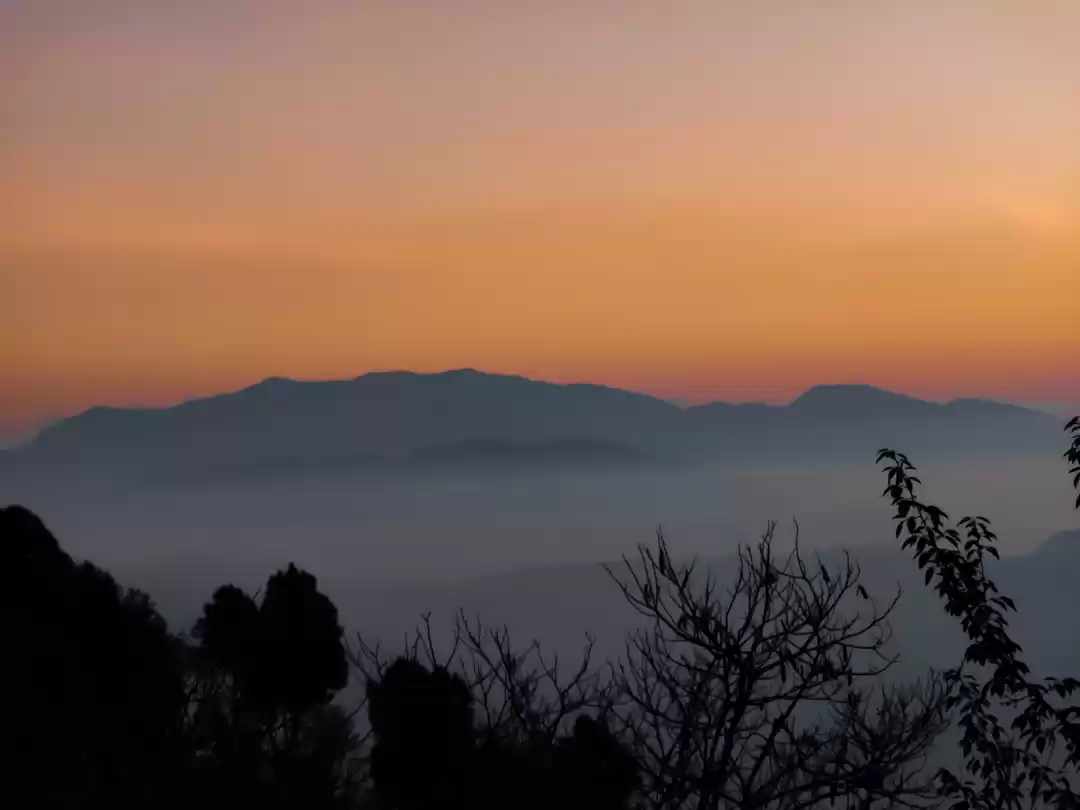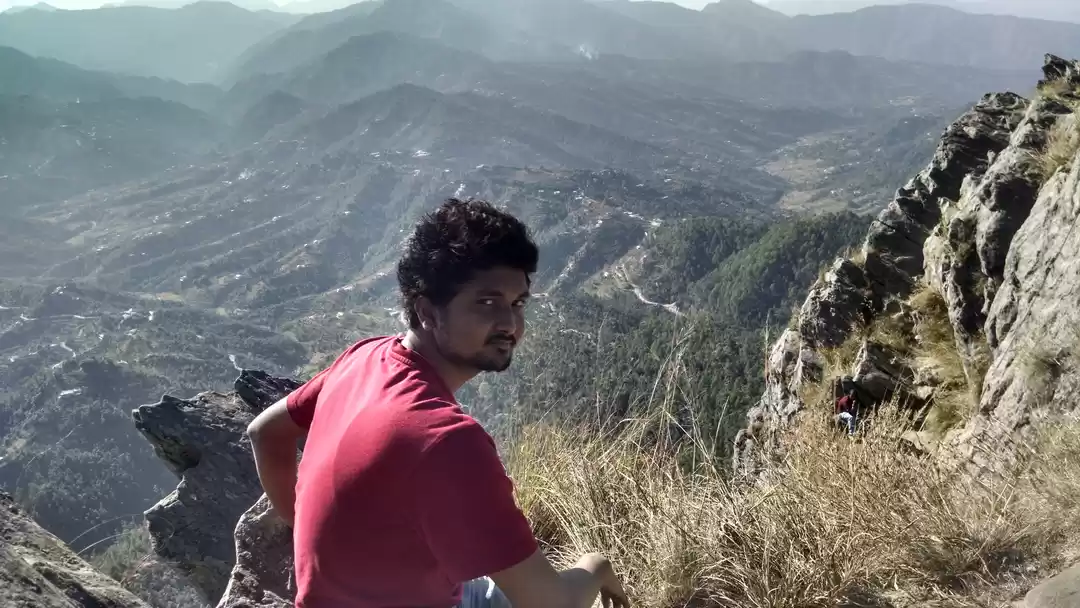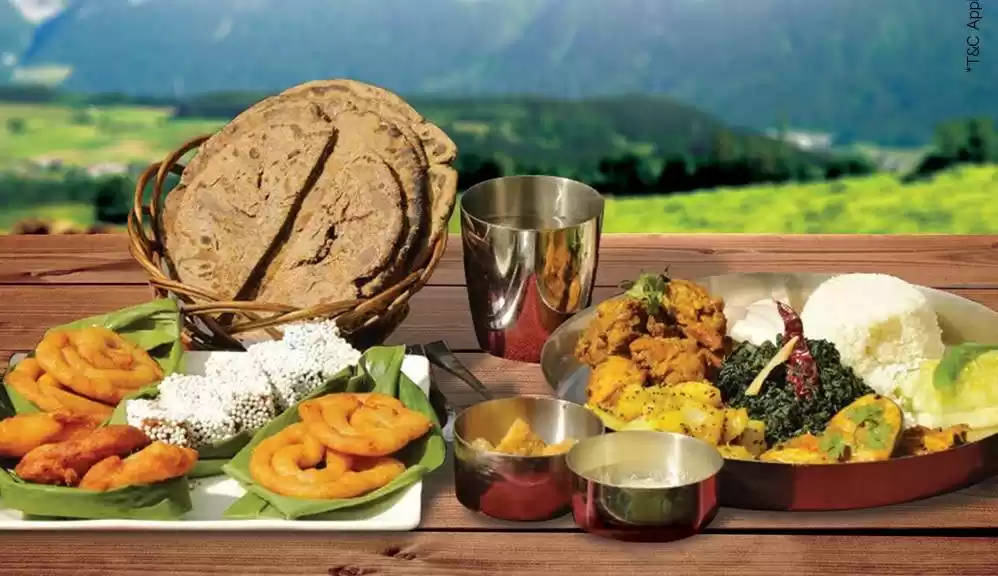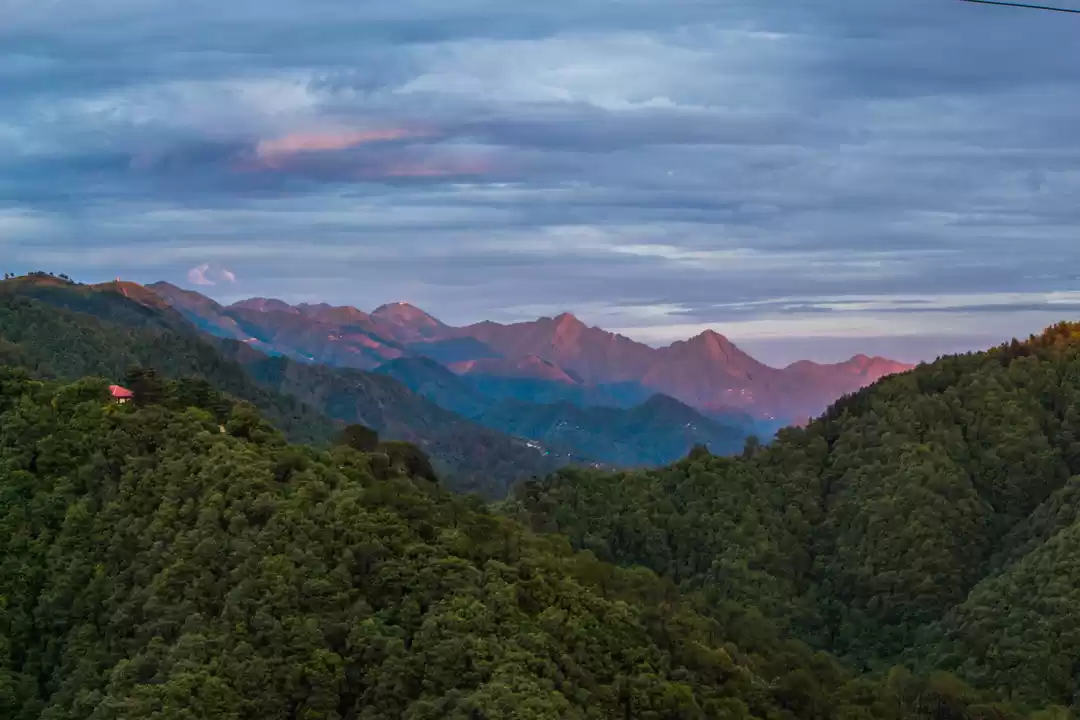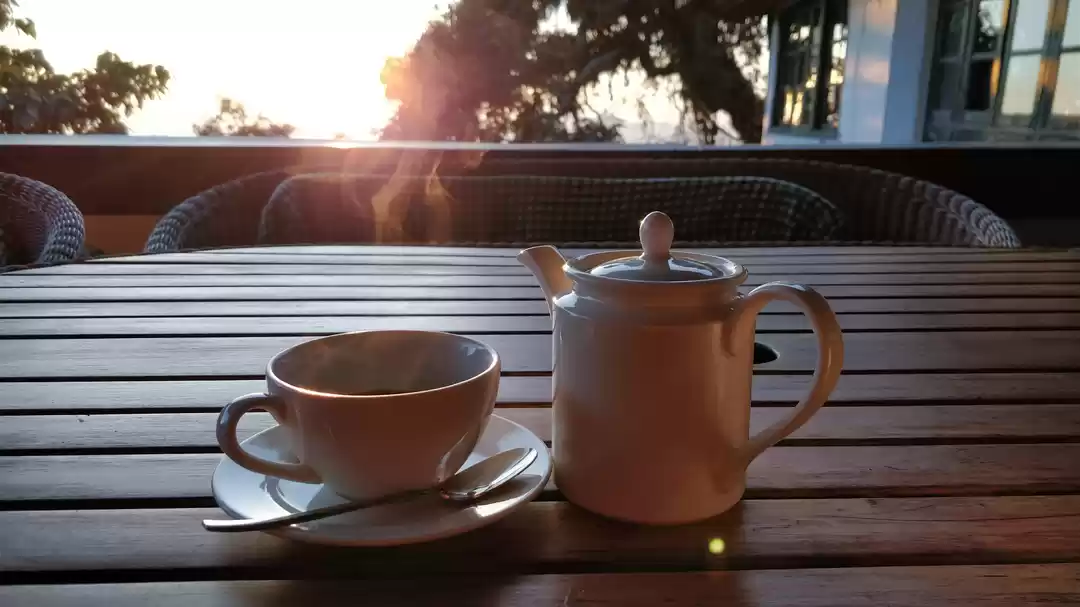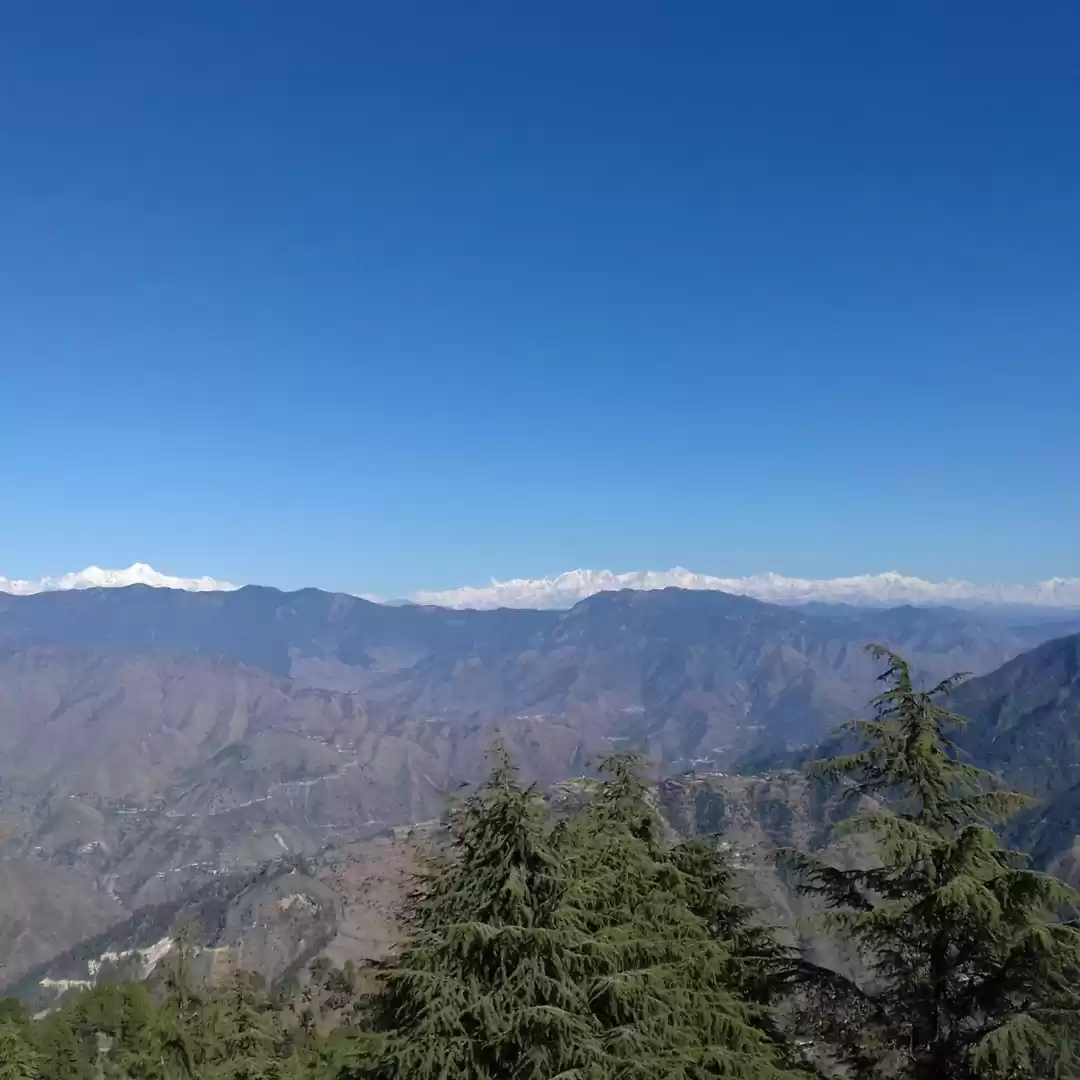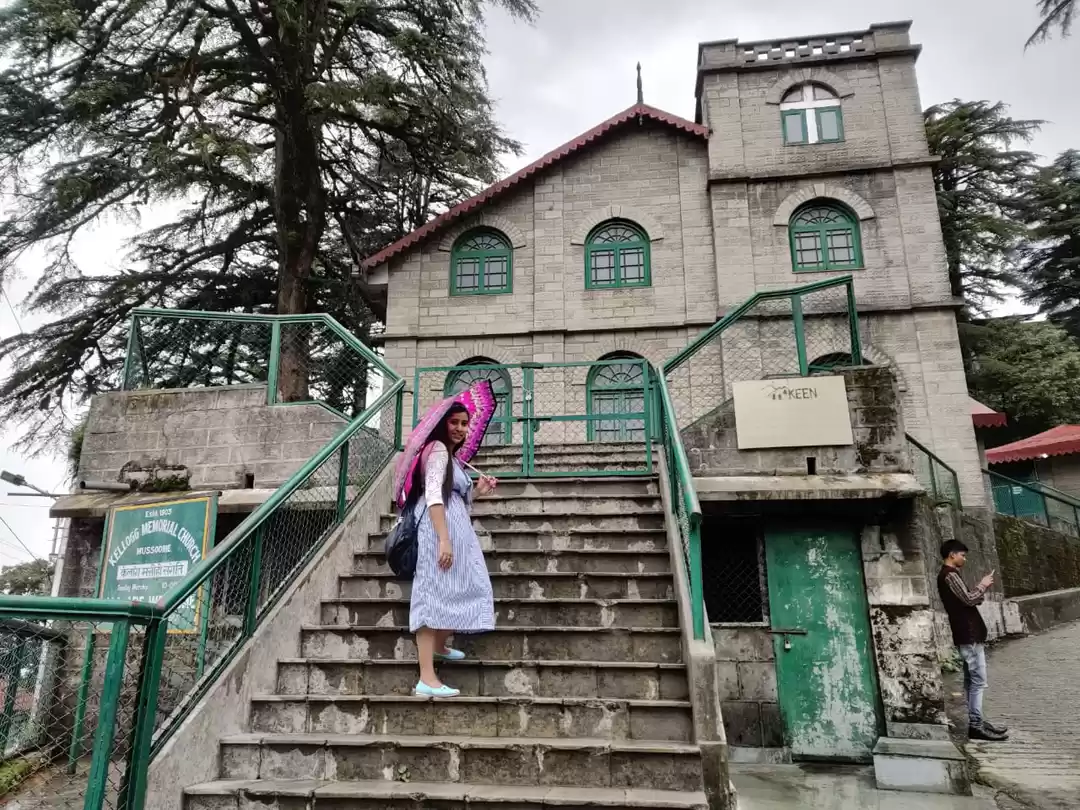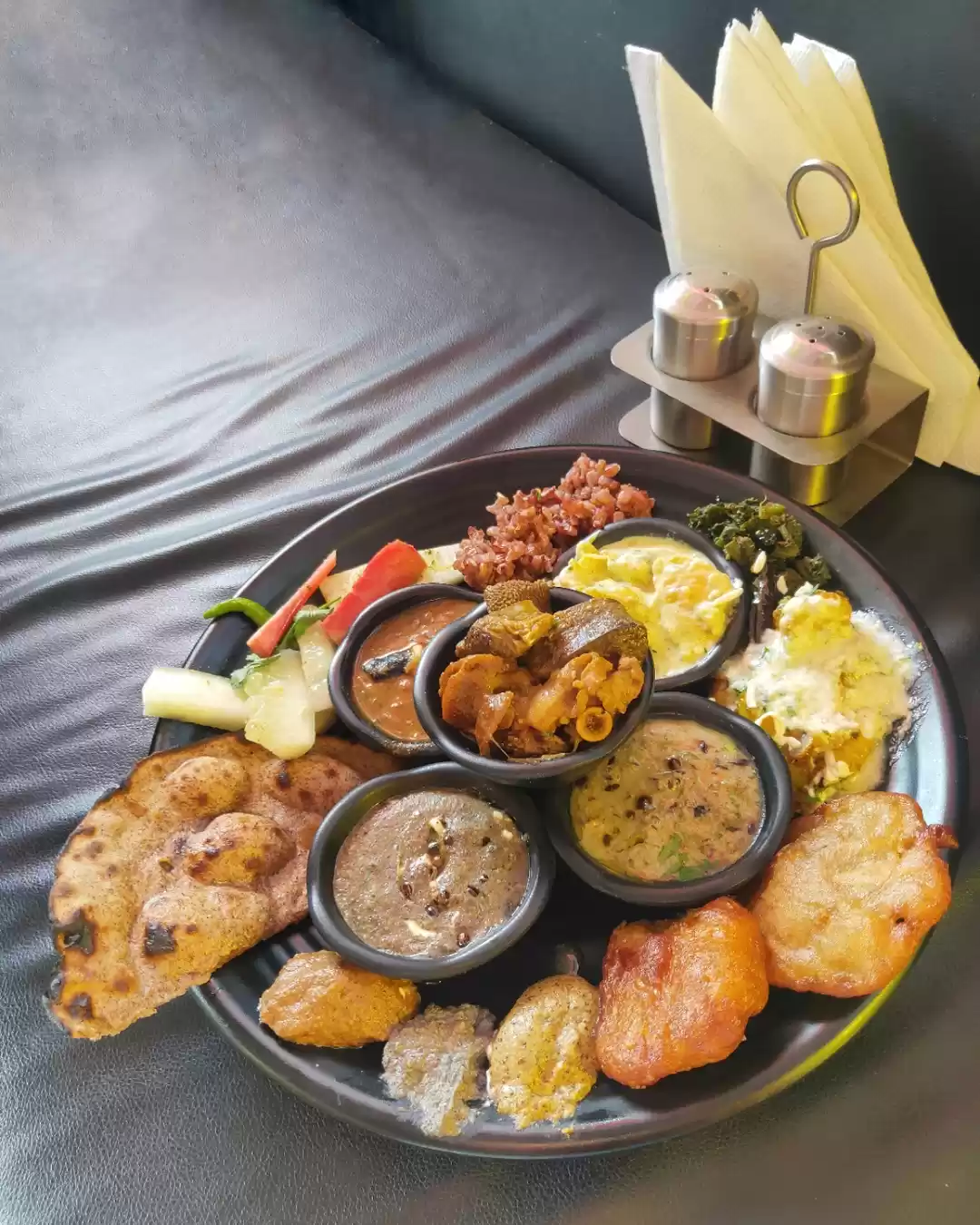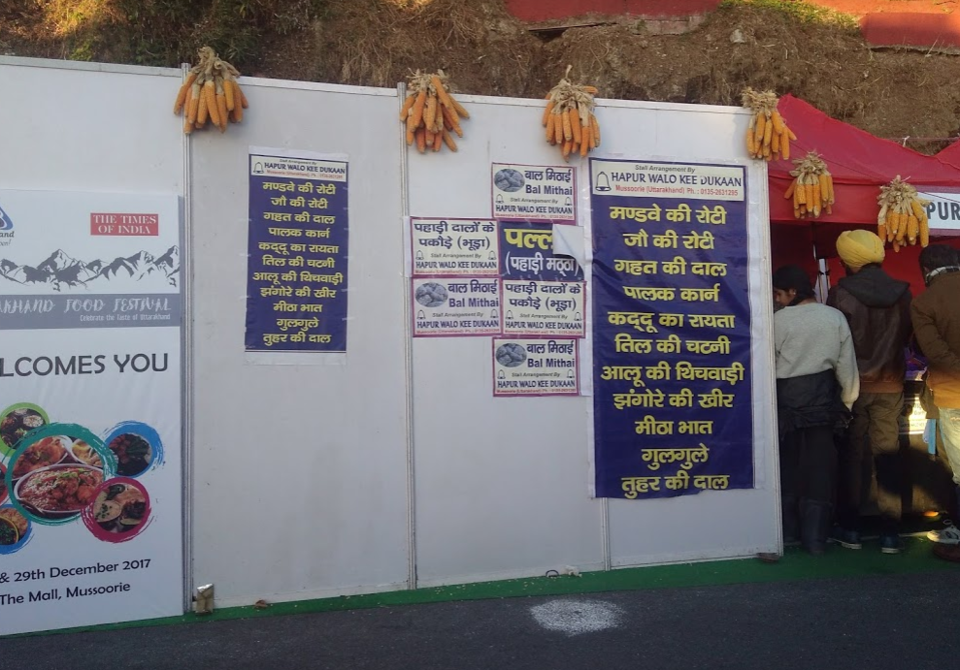
The aroma of locally-grown spices or infused tea, the rustic odour of a hand-full of lentils straight from a jute sack, the sweet fragrance of roasted chestnuts straight from the oven or fresh peanut-butter synthesized from peanuts.
Mussoorie is a small hill station nestled in the Garhwal Himalayas.A former British colony, this has left a lasting impression on the cuisine and lifestyle of its inhabitants. From bakeries to local produce grown in the Garhwal Himalayas, there is so much more to walking along the Mall or visiting Kempty Fall. So the next time, you plan a weekend getaway to this hamlet nestled amidst pine and deodar trees, pick up some of the fresh produce, local and indigenous spices, lentils, fruits and nuts or try some of the local cuisine.
Jakhiya - Spices
Resembling mustard seeds, jakhiya is obtained from seed of the Cleome viscosa plant and is black in colour. Possessing a sharp pungent smell and crunchy taste, Garhwalis prefer jakhiya over cumin and mustard seed for tempering. It is used to temper saags, vegetables, curries, pulses. The leaves of jakhiya are also used to cook green vegetables in villages.
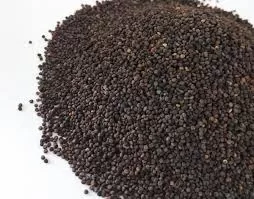
The plant is used as a traditional medicine for treating fever, inflammations, liver ailments, bronchitis and diarrhoea.
Jakhiya is sold in most rashan/kirana stores in Landour market.
Jhingora - Millet
A type of millet, the de-husked grains are light brown in colour, and somewhat oval in shape, resembling the glamorous and in-demand quinoa. It is consumed extensively in Navratris during fasting. It can be converted into delicious kheer. High on energy, light on the stomach and extremely nutritious, this millet can be also be cooked like rice and with a few veggies and a pulav/upma can be prepared. All you got to do is to first dry roast it till it develops a nutty taste, then wash it in a strainer and boil it in water till it is cooked.


Can be purchased once again in kirana stores or from vendors during the winterline festival.
Home-made Peanut Butter, Jams, Cheese
Landour in Mussoorie was once a safe haven for injured soldiers for the British army who were nursed back to good health by the team of nurses that were housed in an areas hence, called Sisters Bazaar. The nurses working at the military sanatorium had their barracks near the main market. The Britishers loved their tea, jam and cheese which started being sold here. American missionaries came here in the 1830s, and soon, Landour became one of the first places in India where peanut butter was made and sold commercially.
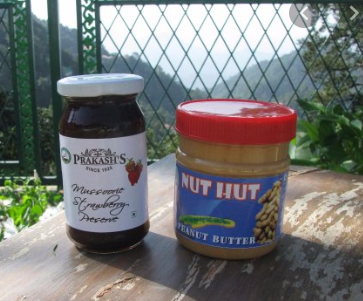
Post-independence many of these nurses, shopkeepers and manufacturers left for England and left behind their equipment and recipe with These peanut butter, cheese food-processing machines were passed onto the hands of Anil Prakash’s family, who began manufacturing and selling them for the India market. Catering to European and American tastes, Prakash’s Store is famous for its peanut butter (chunky or smooth), home-made cheese, jams and preserves. Our first PM, Pandit Jawaharlal Nehru and his sister Vijay Lakshmi Pandit were also customers there.
Today Sister's Bazaar also houses two bakeries and cafes, namely Landour Bakehouse and Lotte's Homebaked Goods & Cafe, which area a must-visit for enriching aroma-filled goodies.
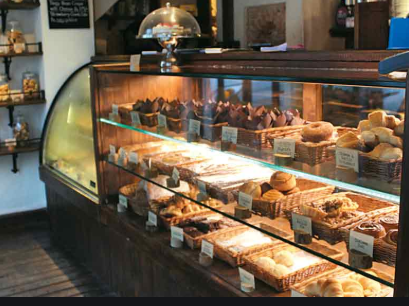
Gahat/Kulhat dal and Bhatt (Soyabean)
Pahadi Gahat/Kulhat Ki Dal is an extremely nutritious and delicious lentil stew. It is also called "horse gram" as the whole seeds of this bean are fed to cattle, mainly horses/mules, which are used extensively for transportation in the Himalayas. Bhatt or soyabean is extremely healthy for its high protein content and locally grown in the villages surrounding Mussoorie.
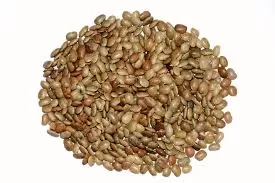
An essential part of paahdi cusine, this lentil along with chowlai saag, mandua (finger millets) ki roti, bhatt (a variety of soybean) curry and bichchu ghas (stinging ghas) forms a wholesome meal and can be enjoyed at the JW Mariott Cafe in Mussoorie. This meal is also served in the annual Winterline carnival food fest on Mall Road. Several kirana shops in Landour sell gahat ki dal. Also, you may find street vendors selling this dal in Library or Kulri (The Mall), when it comes fresh from the villages.

Corn villages - The Quaint Villages Of Sainji & Bhatoli
About 15 kilometres past Mussoorie, past the Kempty Falls, lie Sainji and Bhatoli villages which are distinctive and famous for each house is decorated with corn cobs. Dried corn is strung together and hung outside homes as a symbol of prosperity. The more the number of cobs, the more prosperous the household is deemed.

Women are the bread winners of the family also cook delicious meals comprising makki di roti (corn chapati) and walnut chutney. The houses also have unique architectural style with short doors (for safety purposes) and crafted out of deodar wood. You have to pick up some fresh corn and try out the home-made meals which the villagers so generously cook and offer.
Arsa
Arsa is traditionally served as a sweet dish during wedding celebrations and is also presented to bride's in-law house in Garhwali households.
Made from a dough which comprises rice flour (can also sock and grind rice) and jaggery with some resins, it is eventually rolled into small balls or flattened like pooris and fried.
Arsa can be found to be sold in Garhwali sweet shops in Mussoorie and Dehradun.
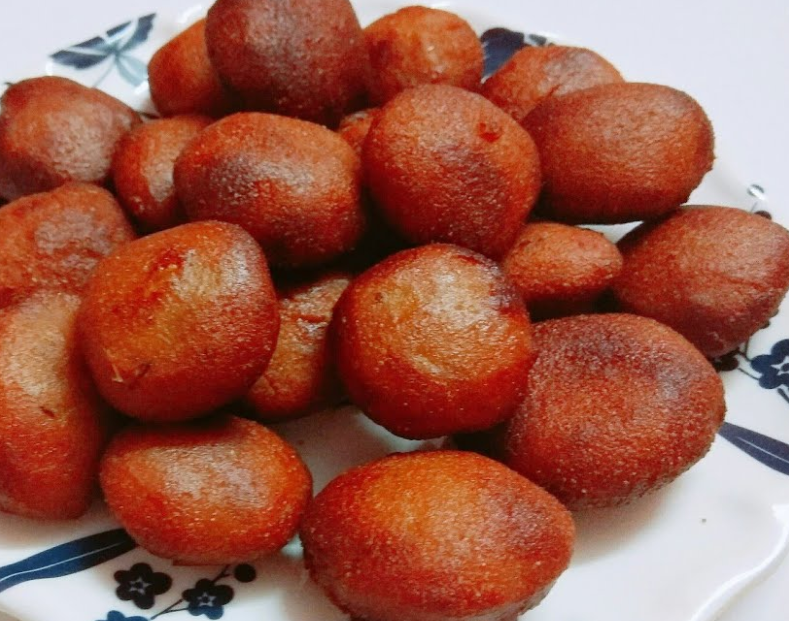
Peach, Plum, Apricot, Chestnuts, Walnuts
Yes peaches, plums, apricots and walnuts, not so common in Indian markets, abundantly grow in Mussoorie. As kids in the plains love climbing mango and guava trees, hill children are notorious for plucking juicy plums and apricots from trees.
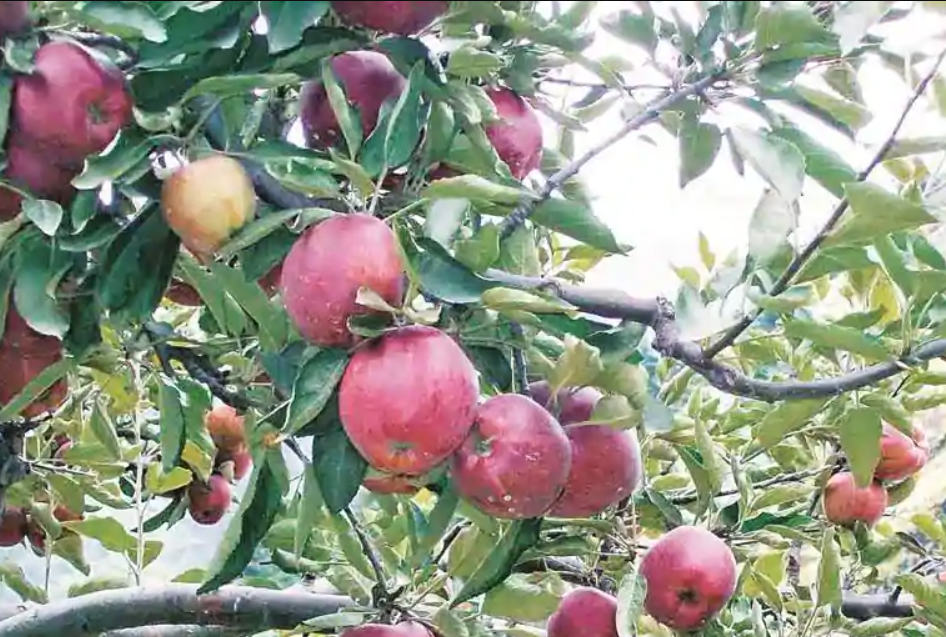
During the months of late April and May, dozens off villagers turn street vendors and sell fresh peaches, plums and apricots locally grown in the villages. The hills of Mussoorie, especially Landour are teeming with walnut and chestnut trails. Walnuts and chestnuts are extensively sold in winter in rashan shops for they provide internal warmth in winter. Roasted chestnuts, trust me, are de--li--ci--ous.
So the nest time, you are up in the hills, pick up and relish some or all of these hill natives. Not only do they boost the local economy and help small to medium scale vendors and daily wage earners, but also help you travel like a local.





